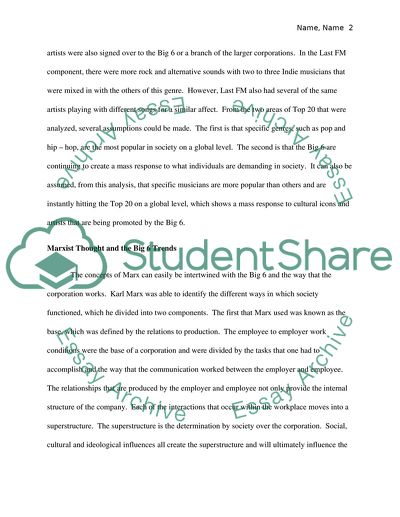Cite this document
(The Theory of Political Economy to Music Term Paper, n.d.)
The Theory of Political Economy to Music Term Paper. Retrieved from https://studentshare.org/politics/1566341-essay-applying-theories-of-political-economy-to-music
The Theory of Political Economy to Music Term Paper. Retrieved from https://studentshare.org/politics/1566341-essay-applying-theories-of-political-economy-to-music
(The Theory of Political Economy to Music Term Paper)
The Theory of Political Economy to Music Term Paper. https://studentshare.org/politics/1566341-essay-applying-theories-of-political-economy-to-music.
The Theory of Political Economy to Music Term Paper. https://studentshare.org/politics/1566341-essay-applying-theories-of-political-economy-to-music.
“The Theory of Political Economy to Music Term Paper”, n.d. https://studentshare.org/politics/1566341-essay-applying-theories-of-political-economy-to-music.


